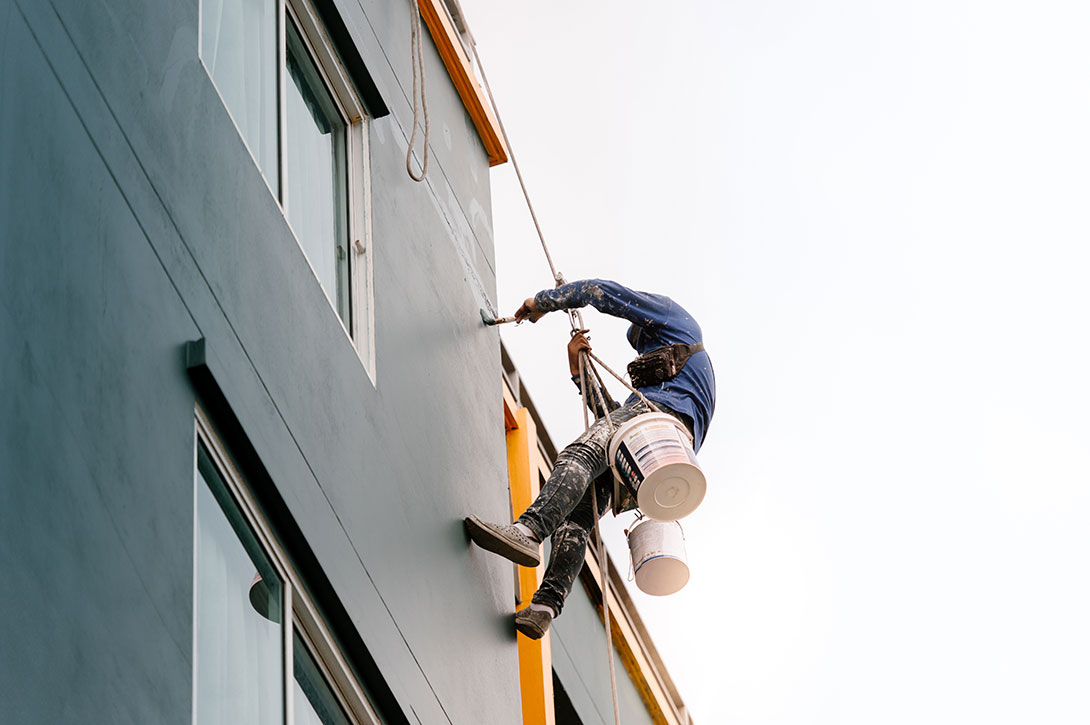Falls are not the most common workplace incidents in California, but they can be among the costliest. Victims can suffer serious, even disabling, injuries that lead to missing months of work. Employers may need to pay out in medical compensation, replace costly equipment that was damaged in the fall and deal with a drop in productivity caused by lower morale among co-workers.
OSHA on fall prevention programs
To prevent or at least reduce the chances of a fall, employers need to have a fall prevention program that follows all OSHA regulations. OSHA says that everything starts with planning, providing and training.
Planning refers to all those activities that the supervisors and workers should do before starting a job, in particular a hazard assessment. Then, the program should be able to provide workers with the right equipment and personal protective equipment. The latter may include harnesses, gloves and eye protection. The former may include ladders. One should be careful to avoid ladder-related injuries as their hospitalization rate is triple that of the average injury.
Training to prevent human error
The third step, training, will probably not be successful unless the workplace culture is safety-oriented. Even well-trained workers can, for instance, choose to work while fatigued or rush through a job. Training should address these issues, which usually arise from feelings of complacency.
Legal counsel for injured workers
Your workplace injuries may have left you with a short- or long-term disability. However, you can file for workers’ compensation benefits, which could cover disability leave and all medical expenses, including the cost of treatments, prescriptions and travel to and from the hospital. If the employer denies payment, you may need to file an appeal. This and other steps can be difficult, so you’re advised to consult a lawyer before progressing.



